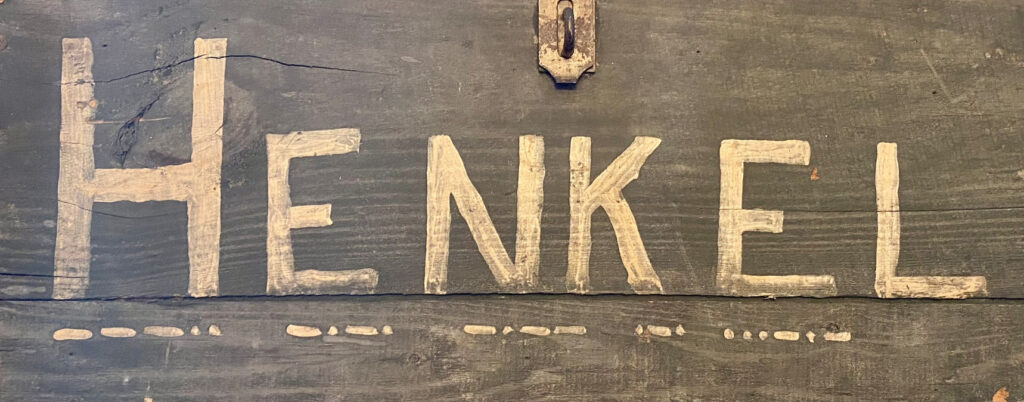The appeal for the fence location approval at 119 S. Washington St. was heard and voted on Tuesday evening at City council. The decision of the BAR for the April 20 approval was upheld, and it was stated Winchester’s Zoning Department has viewed the fence and views it as “substantially compliant” with the April 2023 application in execution. The issue of the design of the entrance gate and piers will likely be heard again at the BAR meeting on July 20 to attempt to address the brick piers design denial.
For those readers and observers who seem very concerned that the appeal process of a BAR decision is endless, we understand – it is frustrating and exhausting for everyone. We will note to PHW’s knowledge and recollection in about the last twenty years of observing BAR meetings, only two petitions for appeals not filed by the original applicant (i.e. neighbors filing an appeal) have successfully made it to the threshold of 25+ signatures with proper documentation. Both times the appeals were successful because of an error in process that was pointed out by the appellants.
City Council also voted Tuesday on amending the language for Substantially Rehabilitated Historic Property to bring the City’s ordinance in line with Virginia Code, as well as add a possibility of 15 year tax exemption. Following discussion, the “step down” approach to the tax exemption was struck from the ordinance, which was the preferred outcome for those working in the redevelopment of historic properties. We hope that this approach can benefit some of the projects in the pipeline, like the ZeroPak Building, bringing it from an underutilized and dilapidated state to vibrant, contributing structures reflecting Winchester’s history.
As you may know if you attended our 59th Annual Meeting, PHW was working on a micro grant program specific to homeowners or nonprofits in Winchester’s National Register Historic District. We have completed the basic application and criteria documents and added a dedicated grants page to our website. We have earmarked $10,000 maximum for our first grant cycle, with an application due date of January 31, 2024.
PHW used the principles outlined at the Community Tool Box website when establishing this program. We hope to stretch the $10,000 across a number of building repairs and quality of life upgrades through the Winchester Historic District and help subsidize needed work on our historic buildings to keep them contributing resources. We see this as a more sustainable and attainable way for PHW to continue improving the quality of the Historic District now that purchases through the Jennings Revolving Fund are rarely achievable.
Since this is the first grant cycle for us and this program, we anticipate lots of questions from applicants. We encourage you to reach out to the PHW office at phwinc.org@gmail.com or through our social media channels for more information – we are likely to compile an FAQ section over the coming months as we learn what our frequently asked questions are.
History Mystery – Solved? In a bit of research off our usual beaten path at the PHW office, it was pointed out that there is Morse code on the Henkel box we keep in our Board Room. It was short enough characters to spell out “Henkel,” so we did a little deciphering to see what the code stood for.
The code translates to 8CYR$. This became another head-scratcher – what did this new code stand for? It was not the right format for a phone number and did not seem related to the furniture business. Some tapping into online databases led to the idea of amateur radio. Amazingly enough, this guess was substantiated with a hit in Amateur Radio Stations of the U.S. in 1924 for Carroll H. Henkel under the call sign 8CYR, based in Martinsburg, WV. This portion of the mystery seems solved, but if you’d like to read more about the history of call signs, we would like to recommend An Overview of Amateur Call Signs Past and Present to see how these numbers were generated almost 100 years ago.

